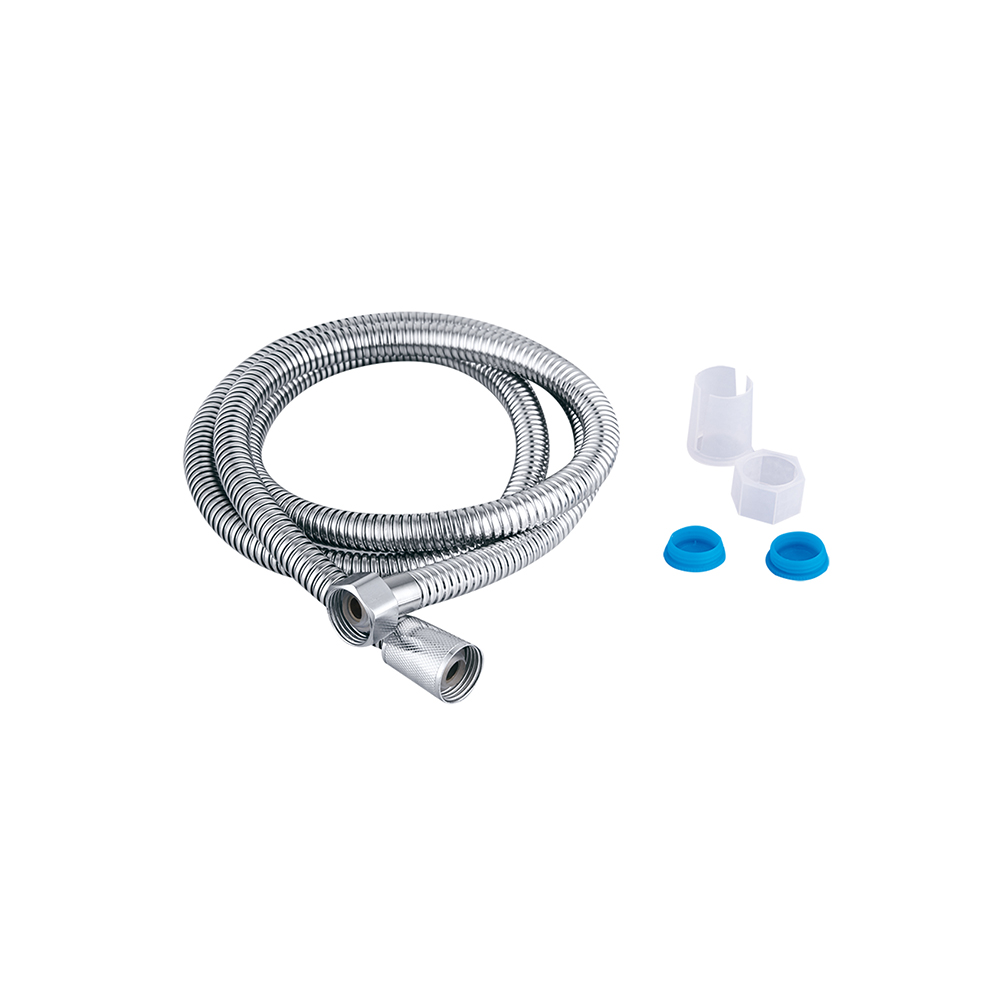Low-lead basin faucets can help you avoid lead leaching problems. However, you need to be careful when buying. Not only are you exposed to lead, but other metals like nickel, copper, and chromium can also seep into your water. If your water supply is not treated by the municipality, you must also consider the landlord's solution. In addition to purchasing a low-lead basin mixer, you should also consider purchasing bottled water.
Leaching Zinc from Low-Lead Basin Faucets
Zinc leaching from low-lead basin faucets is one of the most common problems with home plumbing. In addition to potential health risks, zinc is also one of the most common pollutants in wastewater. The amount of zinc leached from low lead sink mixer taps varies widely. In one study, the zinc concentration in the water was higher than the national standard.
Despite safety concerns, lead and zinc leaching from low-lead basin faucet systems has not been completely eliminated. Water quality experts agree that a better solution is to improve the water treatment efficiency of low-lead faucets. For New Zealand's drinking water, this is much better than simply reducing lead levels in tap water. Water treatment facilities also need to provide customers with more precautionary advice. The best way to prevent oozing from low-lead basin faucets is to rinse them before use. Additionally, the water should be treated to remove any trace metals prior to use.
leaching of nickel
In Copenhagen, a government-commissioned study suggested that chrome-plated nickel brass may be the source of nickel leaching into drinking water. The results of the study showed that the first liter of water after stagnation contained significant amounts of nickel. After 5 minutes of rinsing, the concentration dropped to 9 to 19 ug/L. The study also found that nickel-containing bronze is a potential source of nickel.
In the study, the Ministry of Health acknowledged that metal leaching from pipes was an unintended consequence of poor lead and copper standards. Drinking water standards are not legally enforceable and the government does not monitor the quality of taps, but consumers are advised to flush taps to remove leached metals before drinking. In addition to uncertified faucets, uncertified faucets were also found to release much higher concentrations of nickel.
leaching of chromium
For years, scientists have puzzled over increased chromium levels in drinking water from low-lead basin-mix faucets. This metal was previously thought to originate outside the distribution system, from natural resources or industrial pollution. However, the work of environmental engineer Liu Haizhou has shown that metal may enter the water supply through pipes. The chemical reaction inside the pipe is not from the outside, but the source of the high concentration of chromium in the tap water.
The results of this study showed that the concentrations of copper, zinc and hexavalent chromium decreased after conditioning. In contrast, concentrations of lead, boron, and hexavalent chromium were increased compared to the control group, while higher levels of boron were also noted. Despite high levels of lead, zinc and chromium, the faucet does not exceed the standards for these metals.
Leaching copper from low-lead basin faucets

A recent study by the New Zealand Master Plumbers Association highlighted the dangers of substandard faucets. The organisation commissioned independent testing of five faucet products sold in New Zealand to determine the level of lead they leaked into the water. The results showed that lead levels were 70% higher than allowed by Wholesale low Lead Basin Mixer Taps Manufacturers drinking water standards. However, the findings were not enough to prompt mandatory lead-free faucet labeling.
The joint committee manages changes to the NSF/ANSI 61 standard and works to protect consumers from potential health risks from chemical exposure. The committee is composed of balanced representatives from consumer, regulatory and public health interests. Therefore, the pipeline industry cannot dominate the composition of the committee. Recently, the committee formed a working group to review lead leaching standards and their potential impact on consumers.
Leaching Chromium from Low-Lead Basin Faucets
The New Zealand Ministry of Health is concerned with the leaching of metals from pipes, but does not regulate the issue. It recommends rinsing tap water before drinking it, as this sends leached metals to wastewater treatment facilities, where they could end up in the wider environment. A study by Master Plumbers found that uncertified basin faucets can cause lead and chromium to leach into the water.
Uncertified kitchen faucets exceed allowable chromium levels in beverages, study finds

 Language
Language
 Deutsch
Deutsch español
español







